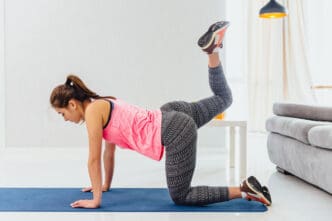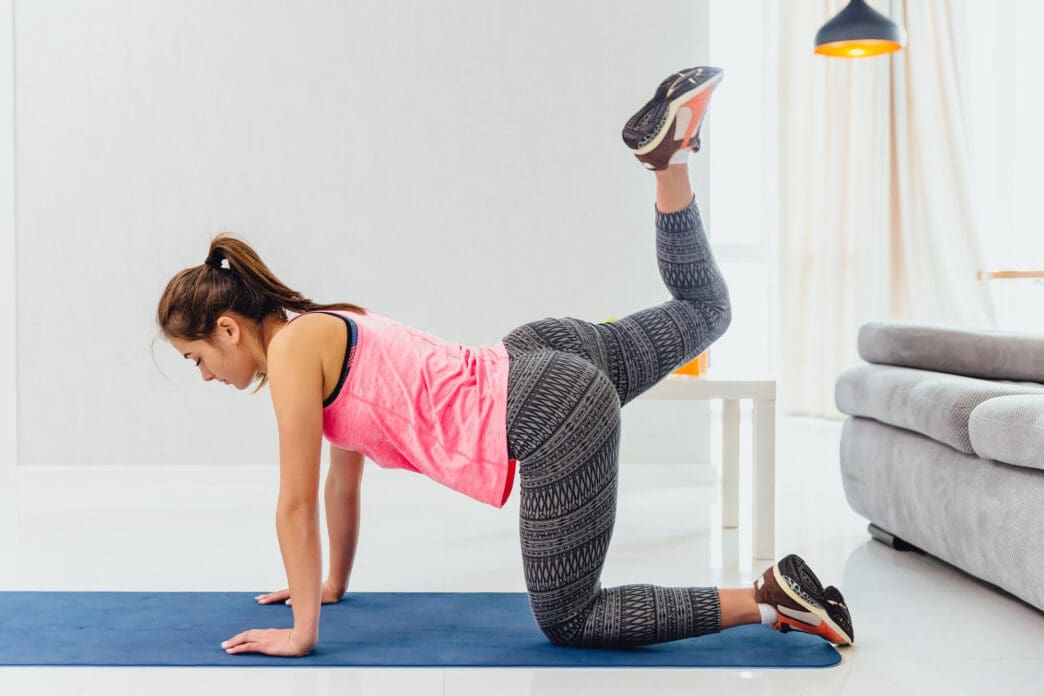A Quick Takeaway
The Story Behind the Trend
How to Make It Work for You
The Community View
Unilateral training, a method focusing on working one side of the body at a time, is rapidly becoming a cornerstone of smart strength and conditioning for runners, particularly those navigating the vibrant and demanding running scene in places like Miami. This targeted approach is crucial because running itself is a series of single-leg movements, demanding exceptional balance, stability, and power from each limb independently. By addressing muscular imbalances, enhancing core stability, and boosting propulsive strength, unilateral exercises are helping runners – from casual joggers to competitive marathoners – unlock significant performance gains, reduce injury risk, and maintain a sustainable, pain-free running lifestyle.
Understanding Unilateral Training
At its core, unilateral training involves exercises that isolate one limb, typically an arm or a leg, while the other remains inactive or assists minimally. Unlike bilateral movements, which engage both sides simultaneously (think traditional squats or deadlifts), unilateral exercises like lunges, single-leg Romanian deadlifts (RDLs), and step-ups force each limb to bear the full load independently. This distinction is vital for runners whose sport inherently requires single-leg support and propulsion with every stride.
The human body is rarely perfectly symmetrical. Most individuals possess natural strength and stability discrepancies between their left and right sides. Bilateral exercises can often mask these imbalances, allowing the stronger side to compensate for the weaker one. Unilateral training, however, exposes these differences, providing an opportunity to identify and correct them, leading to a more balanced and resilient physique.
Why Unilateral Training is a Game-Changer for Runners
Running is not a bilateral activity; it is a continuous series of single-leg bounds. Each time a foot strikes the ground, that leg bears the entire body weight, absorbs impact, and then generates power for the next stride. This fundamental characteristic makes unilateral training not just beneficial, but essential for optimizing running performance and preventing common injuries.
Correcting Muscular Imbalances
One of the most significant advantages of unilateral training is its ability to identify and rectify strength imbalances between the left and right sides of the body. When one leg is significantly stronger or more stable than the other, the weaker side may compensate, leading to altered gait mechanics, increased stress on joints, and a higher risk of injuries such as IT band syndrome, patellofemoral pain syndrome (runner’s knee), and hip pain. By training each leg independently, runners can ensure both sides develop comparable strength and stability, fostering a more efficient and injury-resistant stride.
Enhancing Stability and Balance
Running requires dynamic stability, especially through the ankle, knee, and hip joints. Unilateral exercises challenge the body’s stabilizing muscles and proprioception (the sense of body position and movement), forcing them to work harder to maintain balance. This enhanced stability translates directly to a more controlled and efficient running form, reducing energy wasted on unnecessary swaying or compensatory movements. Stronger stabilizers also provide a crucial protective mechanism against sprains and strains, particularly when running on uneven terrain.
Boosting Power and Efficiency
A powerful push-off from each leg is fundamental to speed and endurance in running. Unilateral movements directly train the muscles responsible for this propulsion, including the glutes, hamstrings, and calves, in a sport-specific manner. By strengthening these muscles independently, runners can generate more force with each stride, leading to increased speed, improved running economy, and a more effortless feel, especially over longer distances.
Injury Prevention
Many common running injuries stem from repetitive stress on structures that are either weak, unstable, or overcompensating for imbalances elsewhere. Unilateral training directly addresses these root causes. By strengthening the supportive musculature around the hips, knees, and ankles, and ensuring balanced strength across both sides of the body, runners can significantly reduce their susceptibility to overuse injuries, keeping them on the road or trail consistently.
Core Engagement
Maintaining a strong, stable core is paramount for runners. Unilateral exercises inherently demand significant core engagement to prevent rotation and maintain an upright posture. When performing a single-leg RDL, for instance, the deep core muscles work intensely to stabilize the pelvis and spine. This integrated core work translates to better posture while running, improved transfer of power from the lower body, and reduced fatigue in the later stages of a run.
Integrating Unilateral Training into Your Routine
For runners in Miami and beyond looking to capitalize on these benefits, incorporating unilateral exercises into a strength training regimen is straightforward. Aim for 2-3 strength sessions per week, with a significant portion dedicated to unilateral movements.
Key Unilateral Exercises for Runners
-
Lunges (Forward, Reverse, Lateral, Walking)
A foundational exercise that targets the quadriceps, hamstrings, and glutes. Varying the direction challenges different muscle groups and planes of motion, mimicking the dynamic nature of running.
-
Split Squats (e.g., Bulgarian Split Squats)
By elevating the rear foot, this exercise increases the load on the working leg and significantly challenges balance and stability, making it highly effective for glute and quad development.
-
Single-Leg Romanian Deadlifts (RDLs)
Excellent for strengthening the hamstrings, glutes, and lower back, while simultaneously improving balance and hip stability. This movement directly translates to the hip extension phase of running.
-
Step-Ups
Using a bench or box, step-ups build explosive power in the glutes and quads, mimicking the upward drive of a running stride and strengthening the muscles responsible for climbing hills.
-
Single-Leg Calf Raises
Crucial for strengthening the powerful calf muscles, which are vital for push-off and shock absorption. Performing them unilaterally ensures both calves are equally strong and resilient.
Progression and Frequency
Start with bodyweight versions of these exercises to master form and balance. Once proficient, gradually add resistance using dumbbells, kettlebells, or resistance bands. Focus on controlled movements, ensuring stability throughout the entire range of motion. Incorporate 2-3 sets of 8-12 repetitions per leg for each exercise, adjusting volume based on your training phase and goals. Consistency is key; even short, focused unilateral sessions can yield significant results over time.
The Miami Connection: A Trend Towards Smarter Running
Miami’s diverse running landscape, from the flat, fast paths of South Beach to the more challenging terrain of local parks and bridges, demands a well-rounded and resilient runner. The city’s vibrant fitness culture and competitive spirit mean that runners are often seeking cutting-edge, evidence-based methods to gain an edge. Unilateral training fits perfectly into this ethos, offering a scientifically sound approach to building a stronger, faster, and more durable running body. As more runners experience fewer injuries and improved performance, the adoption of unilateral training is becoming a defining characteristic of smart, sustainable training in the region.
Sustaining Your Running Journey
Embracing unilateral training is more than just adding new exercises to your routine; it’s adopting a holistic approach to running fitness. By prioritizing balanced strength, stability, and power in each leg, runners can significantly reduce their risk of common injuries, enhance their performance, and extend the longevity of their running careers. This focused, intelligent training method is proving to be an indispensable tool for runners everywhere, ensuring they can enjoy the roads and trails for years to come.







